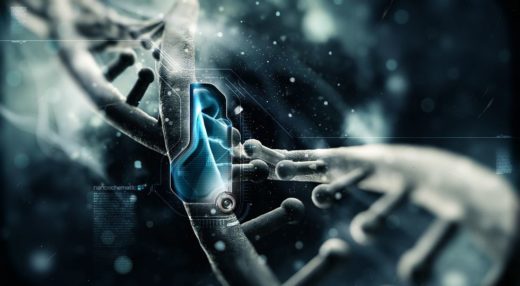KS-Detect – A Cheap PCR Driven by Sunlight Detects Cancer

PCR technique is to DNA fingerprinting, as Kamehameha technique is to Goku. Without the infamous Polymerase Chain Reaction (PCR) procedure, Lanie Parish could not have helped solve any of the goddamn cases for Beckett and Castle.
Digging deep, the DNA structure consists of two base pairs (adenine-thymine; guanine-cytosine) held in a strand by hydrogen bonds. On heating to a temperature of 94-98 degree Celsius for 30 seconds, the DNA template undergoes melting process, which causes the double stranded DNA structure to yield single stranded structure by breaking the hydrogen bonds, called denaturation. Continuous heating for one to nine minutes precedes this. Following the denaturation, the reaction temperature is lowered to 50-65 degree Celsius for 30 seconds allowing the primers (strands of nucleic acid) to anneal with the single strand. After annealing, the enzyme – DNA polymerase synthesizes a new strand of complementary DNA at a temperature of 75-80 degree Celsius. And this is how duplication of strands of DNA, called DNA cloning is carried out. As we could see, this involves series of temperature changes, usually called cycles. The entire process is referred to as Polymerase Chain Reaction.
KS-detect is one such PCR device which does all the above process with help of sunlight, with a smartphone, to detect cancer. The rays from sun are focused on a disc of light using lens, where the edges are cooler than at the center. A long microscopic channel is etched on to a chip, which is placed under a disc. The sample keeps moving along the microscopic channel, alternating between heat at the center and the cool edges of the disc. As explained previously, these temperature variations are termed as cycles, which practically drive PCR.
The KS-Detect requires only a smart phone, sunlight and DNA sample. Thanks to Cornell University, detection of Kaposi’s sarcoma has now become easier. Kaposi’s sarcoma is caused by a herpes virus, which apparently invades human body because of poor defense strategy or a failed mechanism, aka Immune system. The user can then adjust the device’s tilt angle and chip-to-lens distance to achieve the desired temperatures. A dye called SYBR Green glows under UV light, if amplified DNA from herpes virus is detected. The smartphone controlling the chip, then reads the result.
The team from Cornell University and Cornell Weill Medical College, led by principal investigator David Erickson, an associate professor of mechanical and aerospace engineering at Cornell, has been developing this solar-thermal PCR system with potential for a variety of molecular diagnostics applications under a previous $219,000 National Institutes of Health grant.
By drawing just 80 mW power form the smartphone, the KS-Detect can hold up for about 70 hours if the smartphone is juiced to the max. The test can be completed in 30 minutes or less. The KS-Detect is a game changer in PCR techniques as this is now one cheap approach registered at hand. Turns out, the smartphone, usage to detect Kaposi’s sarcoma beats the slumping health issues in humans due to mobile phone usage.
This post was first published on February 27, 2014.








